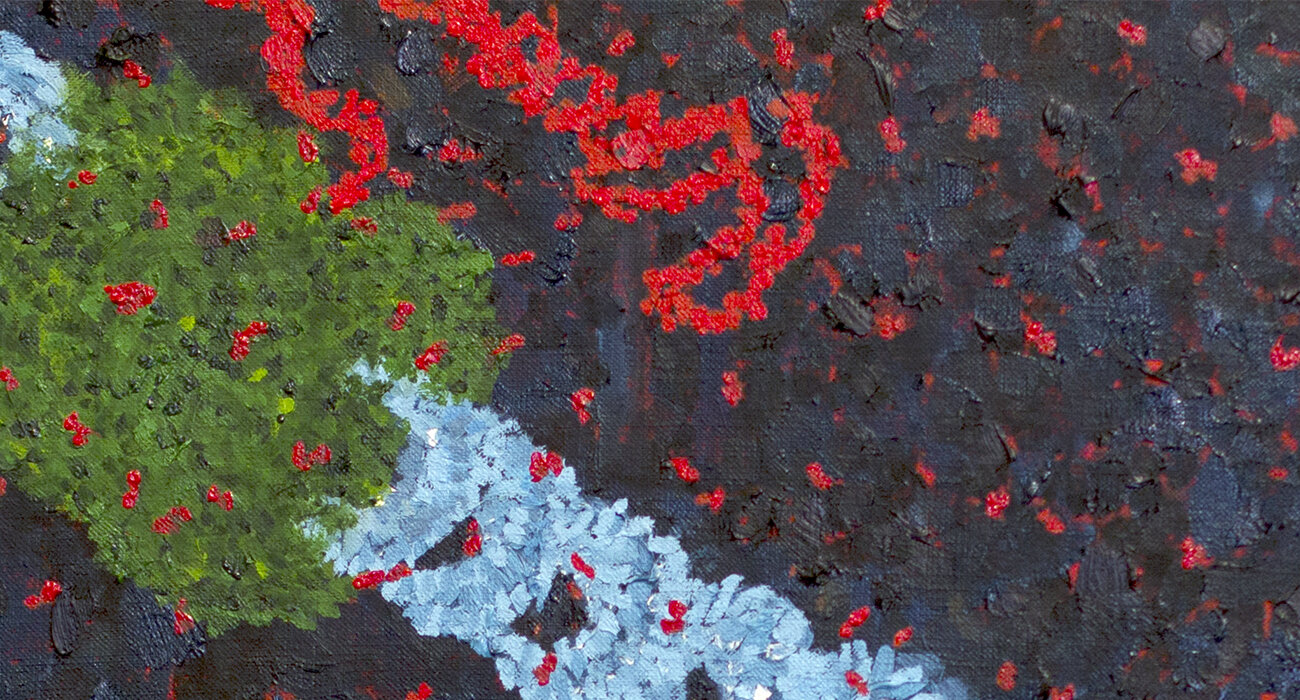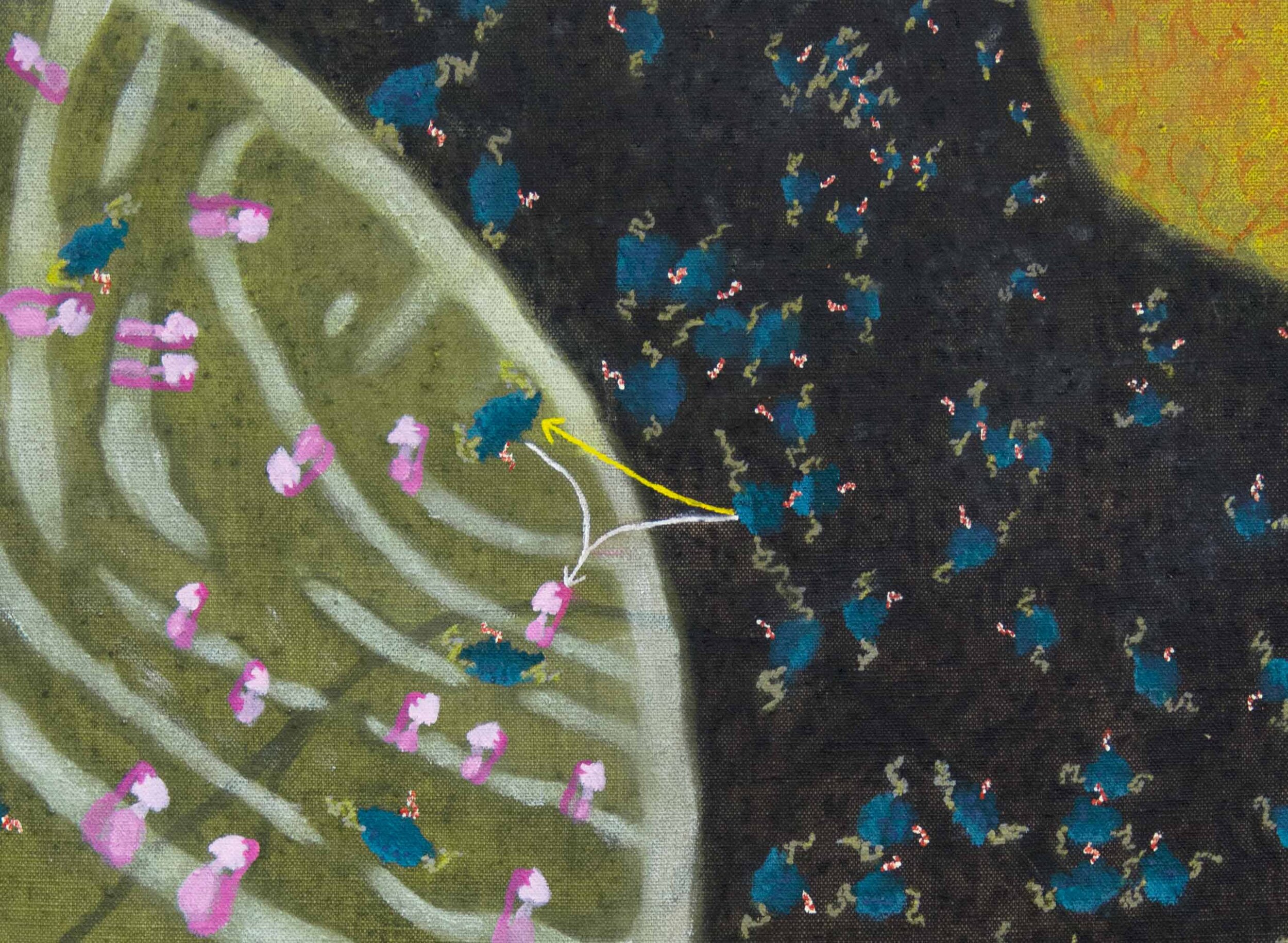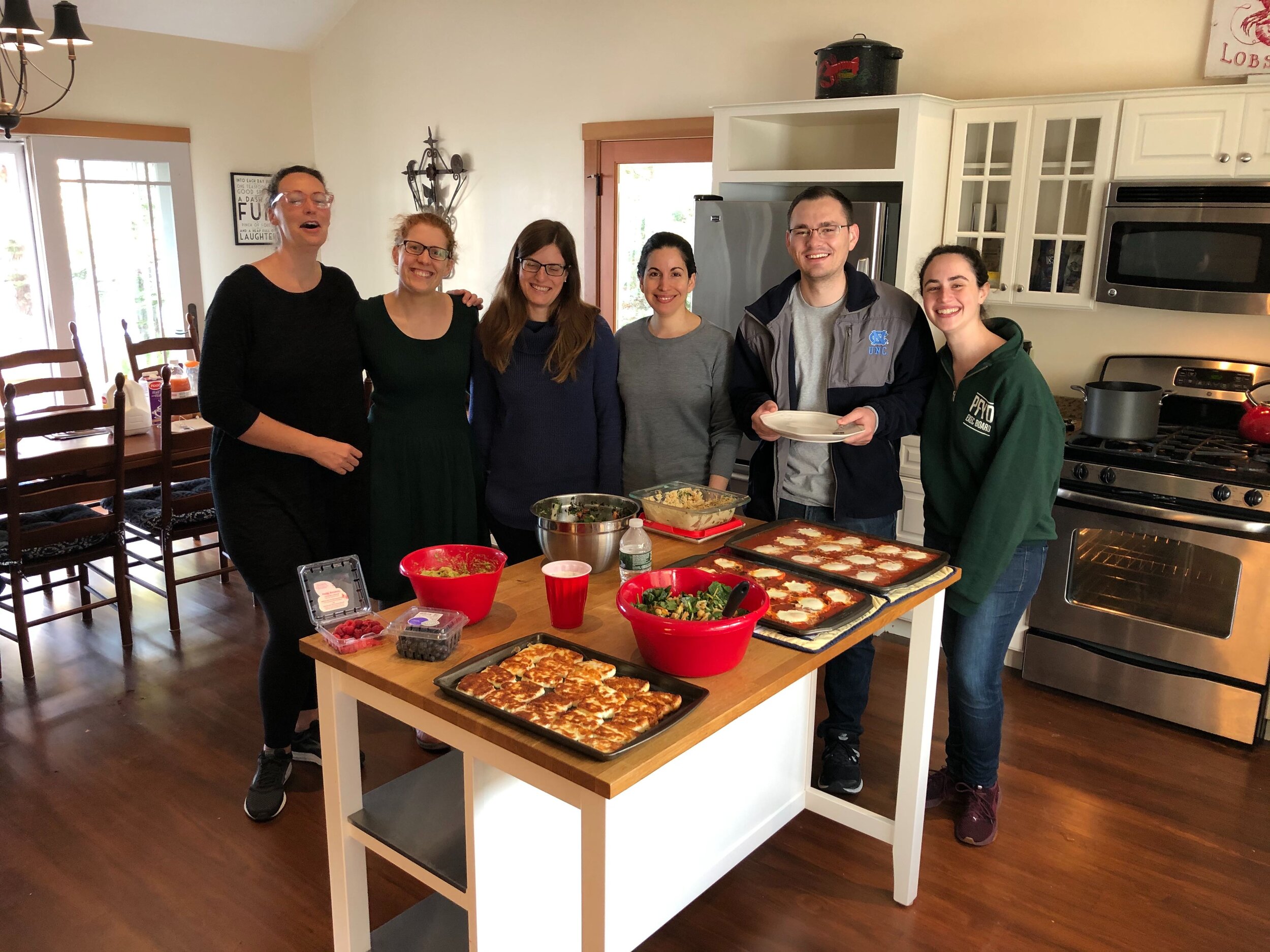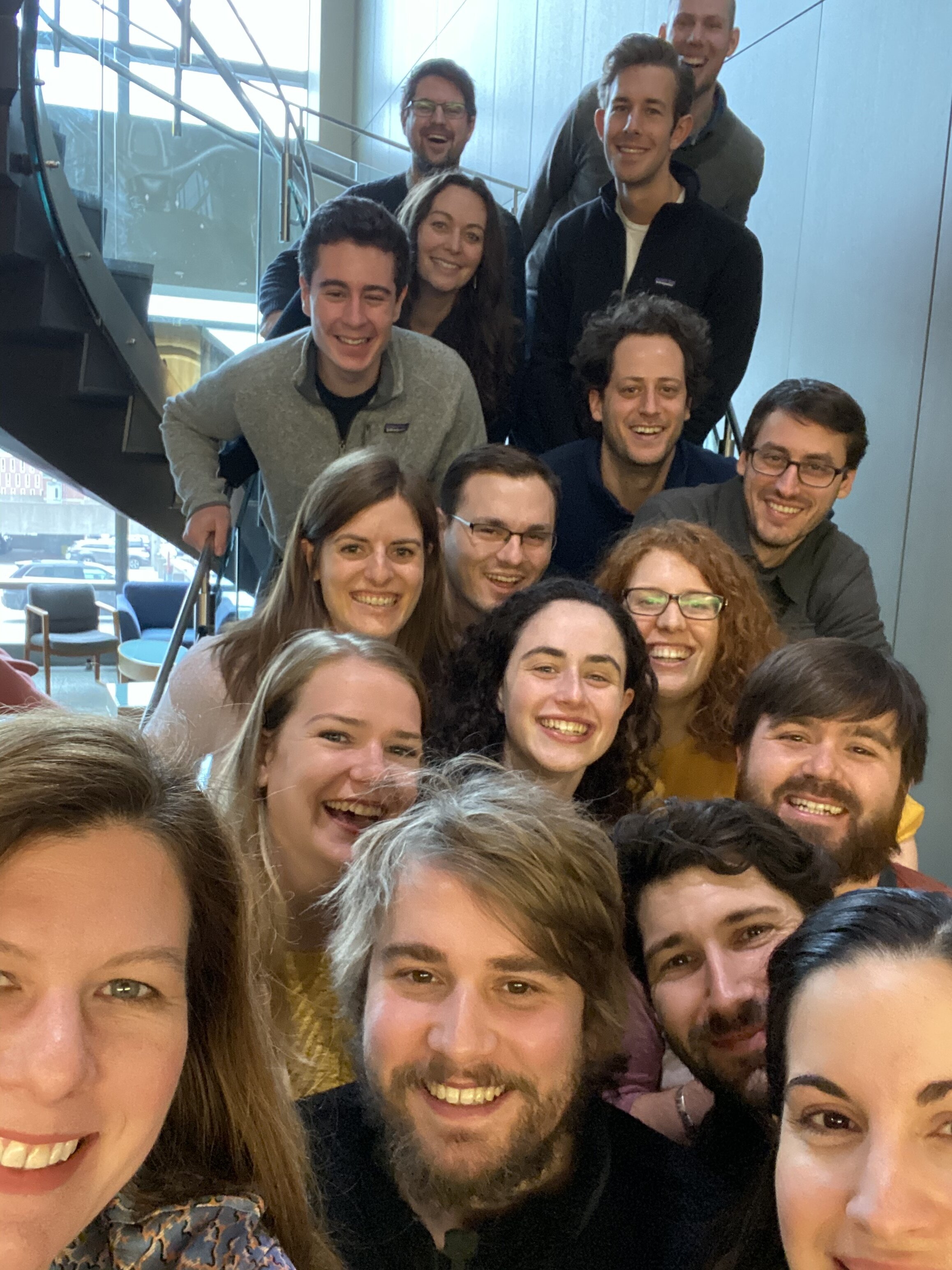
CHURCHMAN LAB
From the nucleus to mitochondria, we study the many layers of gene regulation.
We seek an integrative view of gene regulation to understand where, when and how genes are controlled.
We apply experimental and computational approaches that probe the many steps of gene expression, from transcription to translation.

Recent highlights
RNA flow analysis
How does RNA flow through the cell? From their synthesis, chromatin release, nuclear export, ribosome engagement, and eventual degradation, we quantified the lives of human transcripts genome-wide.
Single-molecule views of transcription and chromatin
We used long-read chromatin fiber sequencing (Fiber-seq) to visualize RNA polymerases within their native chromatin context at single-molecule and near single-nucleotide resolution along up to 30 kb fibers. We found pervasive direct coordination and anti-coordination between nearby Pol II genes, Pol III genes, transcribed enhancers, and insulator elements. This coordination was limited spatially and depended on whether insulators were simultaneously bound to the same DNA molecule.
Using mitochondrial Fiber-seq, we observed how mitochondrial DNA is packaged with single molecule resolution. We found that, unlike the nuclear genome, human mtDNA largely undergoes all-or-none global compaction, with most nucleoids existing in an inaccessible, inactive state. The primary nucleoid-associated protein TFAM directly modulates the fraction of inaccessible nucleoids both in vivo and in vitro, acting consistently with a nucleation-and-spreading mechanism to coat and compact mitochondrial nucleoids.
Packaging of mitochondrial DNA

See what else we’ve been up to
We are a collaborative group of scientists with backgrounds in biology, physics, chemistry and computation.

We love our annual retreats






But most of the time, you can find us here.
Harvard Medical School
Blavatnik Insitute
New Research Building, 356
Boston, MA 02115



